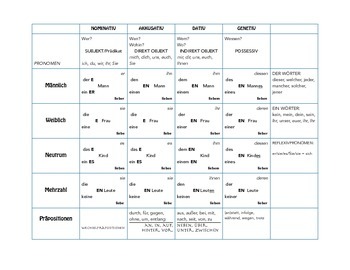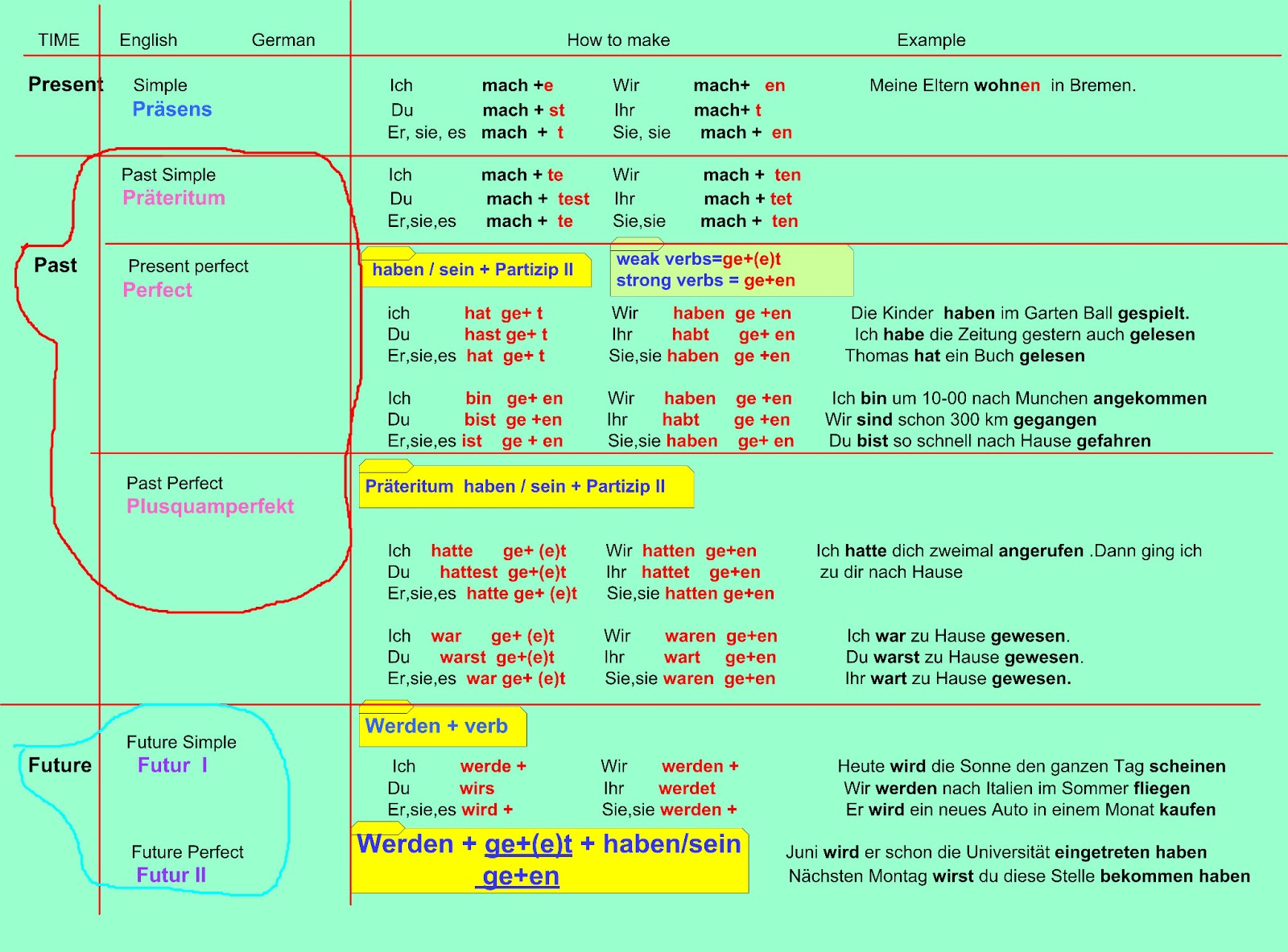

This tense is generally used to talk about the present and the future. The present tense is the most commonly used tense in German. A further explanation of each tense is provided below.Ĭonjugating German Verbs in the Present Tense They differ in usage and style: the perfect tense is used more in spoken German, whereas the simple past is more common in writing. Note that in German, the present perfect and the simple past have equivalent meanings. Future perfect: The future perfect expresses the assumption that an action will have been completed by the time of speaking, or by a particular point in the future.Future: This tense is generally used to express an intention for the future, or an assumption about the present or future.Past perfect: With the past perfect, a speaker can express actions that took place before a certain point in the past.This tense is often used in stories and reports, usually when writing. Simple past: The simple past tense is used to express facts and actions that took place in the past.This tense is used when the speaker wants to focus on the result of the action. Present perfect: This tense shows that an action in the past has been completed.Present: The present tense is the most commonly used tense in German.She gave the homework to the German (female) teacher.German verbs fall into one of six different tenses.My wife has a new car - it's very fast.Using the tables, work out the German for the following sentences: Meine Mutter hat eine klein e Schwester.The correct way to say 'my mother has a little sister' is therefore:

For an adjective to describe a feminine noun in the accusative case, the ending you must add to the adjective is -e – so klein > kleine.


Remember that das Mädchen is neuter.ģ kein/e/n is being used in this table to show the plural because you can say 'no shoes' – keine alten Schuhe – but not 'an old shoes'.īy using the tables above, you can work out which ending you need to add to different adjectives. With all other words just add -s, so Mädchen > des schönen Mädchen s (of the beautiful girl). One syllable words and words ending in -s end in -es, so Hund > des alten Hund es (of the old dog). Ģ In the genitive case, with masculine and neuter nouns, you will need to add -s or -es to the end of the word. Indefinite article - 'ein', 'eine' (a)ĭefinite article – 'der', 'die', 'das' (the)ġ You will need to add an -n to the end of the noun in the dative plural, eg the plural Kinder (children) > den kleinen Kinder n. When you want to use an adjective to describe a particular noun, the tables below will help you to work out the ending of the adjective, depending on the gender of the noun and the case you need to use.


 0 kommentar(er)
0 kommentar(er)
